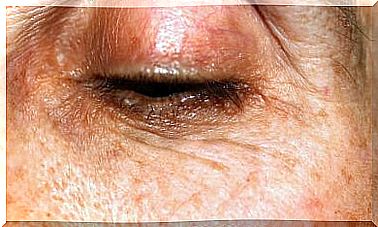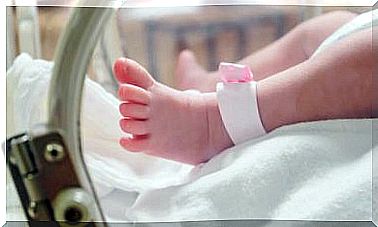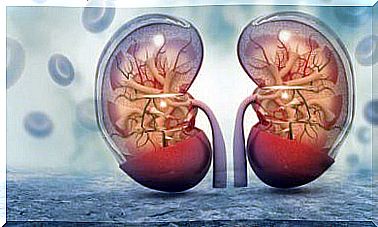Vasovagal Syncope: Symptoms, Causes, And Treatment
In most cases, vasovagal syncope is a temporary discomfort with no consequences. Only rarely is it associated with more serious disorders. Recovery is almost always spontaneous, quick, and does not require further treatment.
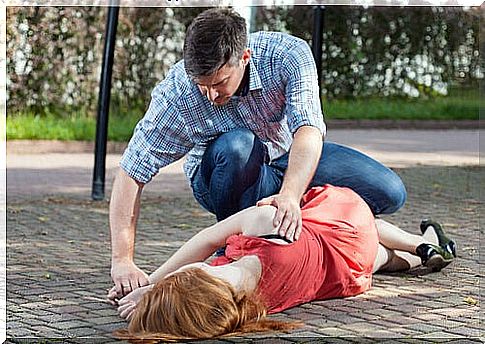
Vasovagal syncope is a condition that manifests as loss of consciousness for a short period of time. Most adults have ever experienced one of these episodes, or at least the symptoms leading up to it, called presyncope.
Most cases of vasovagal syncope are benign. Only a small proportion of these correspond to manifestations of some serious disorder. It is estimated that only 3% of this type of syncope lead to a medical consultation and only 1% lead to hospitalization.
Most often, after vasovagal syncope, there are no consequences except the effects of the fall. However, some people suffer these types of episodes repeatedly, without a disease that explains them. In those cases, the quality of life is considerably affected.
What is vasovagal syncope

Vasovagal syncope is what we commonly know as fainting. It is defined as a brief, sudden and abrupt loss of consciousness. This implies inability to stand up and loss of postural tone. Recovery occurs spontaneously.
The vasovagal syncope mechanism is activated when the vagus nerve is stimulated by some triggering factor. This leads to a reduced heart rate and blood vessels to dilate, by the action of the parasympathetic system. Under these conditions, less blood reaches the brain and syncope, or fainting, occurs.
Syncope has been classified according to its duration. From that point of view, there are three types:
- Light or presyncope, when there is no loss of consciousness in the strict sense, since what is experienced is strong dizziness.
- Moderate, which is fainting for a few seconds.
- Severe, which lasts 10-15 seconds and can lead to a seizure.
Symptoms
Vasovagal syncope corresponds to 75% of all syncope cases. Most of the time they occur in healthy patients. Almost all of them have normal blood pressure, although a small group has a condition called orthostatic hypotension .
The symptoms that usually precede this type of syncope are, among others:
- Yawning
- Weakness.
- Hot.
- Anxiety and hyperventilation.
- Dizziness.
- Vertigo.
- Sickness.
- Pallor.
- Palpitations
- Decreased visual field.
- Ringing or a feeling of plugging in the ears.
- Shortness of breath and imminent feeling of fainting.
These previous symptoms are not always present, but sometimes the loss of consciousness is sudden. During fainting, paleness, cold skin, severe sweating, and dilated pupils are common. After a moment of mental confusion and disorientation, consciousness gradually recovers. In some cases, there is fecal or urinary incontinence during fainting.
Causes
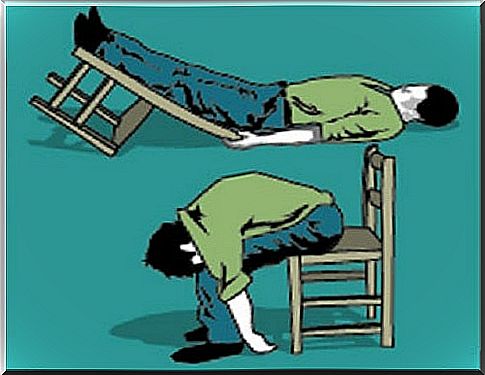
Science has not fully deciphered the causes of vasovagal syncope. During the episode, blood is known to pool in the legs, leading to a drop in blood pressure and fainting, due to lack of blood flow to the brain.
The factors that influence this to occur are, among others:
- Standing for a long time.
- Exposing yourself to a heat source for a long time.
- Having a blood draw or seeing blood.
- Make a great effort.
- Hunger.
- Shortness of breath.
- Altitude change.
- Strong odors.
Syncope is also very common due to sudden changes in position or emotional stress. In the same way, in some cases the triggering factor is alcohol consumption, a lack of salt in the diet or an allergy to some medications.
Available treatments
When vasovagal syncope occurs in isolation, it generally receives no treatment other than immediate recovery from fainting. The best thing to do is to lay the person down and raise their legs, so that the circulation can flow normally again.
In cases of recurrent syncope, it is best to see your doctor, who will likely perform a stress test and / or a tilt test. From this, he will recommend a drug treatment or suggest lifestyle changes to avoid new episodes.
In some cases, for example, it is necessary to use compression stockings to decrease the accumulation of blood in the legs.


